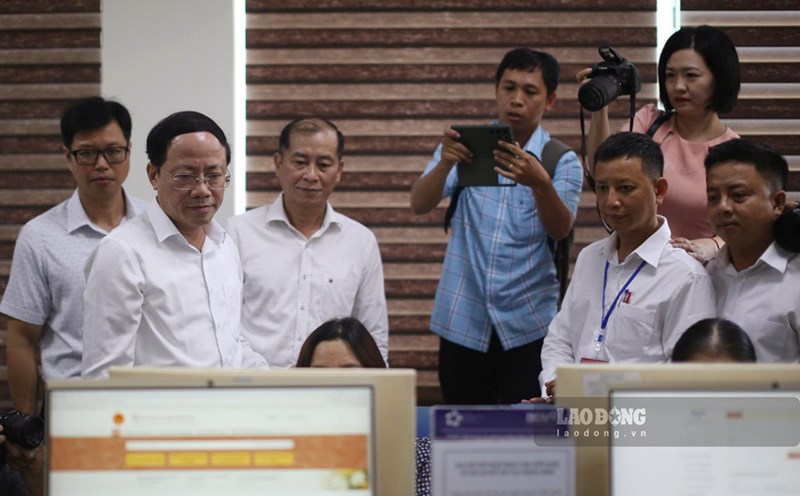On June 23, Chairman of Binh Dinh Provincial People's Committee Pham Anh Tuan agreed to open a new electric bus route from Phu Cat Airport to the center of Quy Nhon City and vice versa, according to the proposal of the provincial Department of Construction.
The Chairman of the People's Committee of Binh Dinh province assigned the Department of Construction to preside over and coordinate with relevant units to announce the new bus route and organize the management of public passenger transport by bus in accordance with regulations.
Previously, according to the proposal of the Department of Construction of Binh Dinh province, Vietnam Airports Investment and Service Joint Stock Company (abbreviated as USG Company) proposed opening an electric bus route connecting Phu Cat Airport - the center of Quy Nhon City and vice versa.
Because currently, no transport unit is operating this public electric bus route. The pick-up and drop-off of passengers is mainly done by transport units using taxis and contract vehicles, with transportation costs higher than by bus.
On average, there are about 14 flights to Binh Dinh and 14 flights to Ho Chi Minh City and Hanoi per day. The number of passengers passing through Phu Cat Airport is from 3,500 to 4,000 per day.
Therefore, opening an electric bus route is necessary to diversify types of transportation, while meeting the travel needs of passengers at reasonable costs.
According to the proposed plan, the electric bus route starts at Phu Cat Airport and ends at the area opposite the southern gate of Binh Dinh Provincial Convention Center.
The route has a total length of about 35km, passing through the axes: Phu Cat Airport - National Highway 19B - Go gas intersection - National Highway 1 - Phu Tai intersection - National Highway 1D - Tay Son Street (Quy Nhon Bus Station) - An Duong Vuong Street - Nguyen Tat Thanh Street - Truong Chinh Street - opposite the southern gate of Binh Dinh Provincial Convention Center and vice versa.
The bus route has 24 stops, operating 36 trips/day, operating continuously from 5:10 to 9:00. The vehicle used is an electric bus with a capacity of 40-60 seats. The total number of vehicles expected to be put into operation is 7.
US companies invest in their own vehicles and infrastructure to serve electric bus operations at starting and ending points, and bus shelters.











